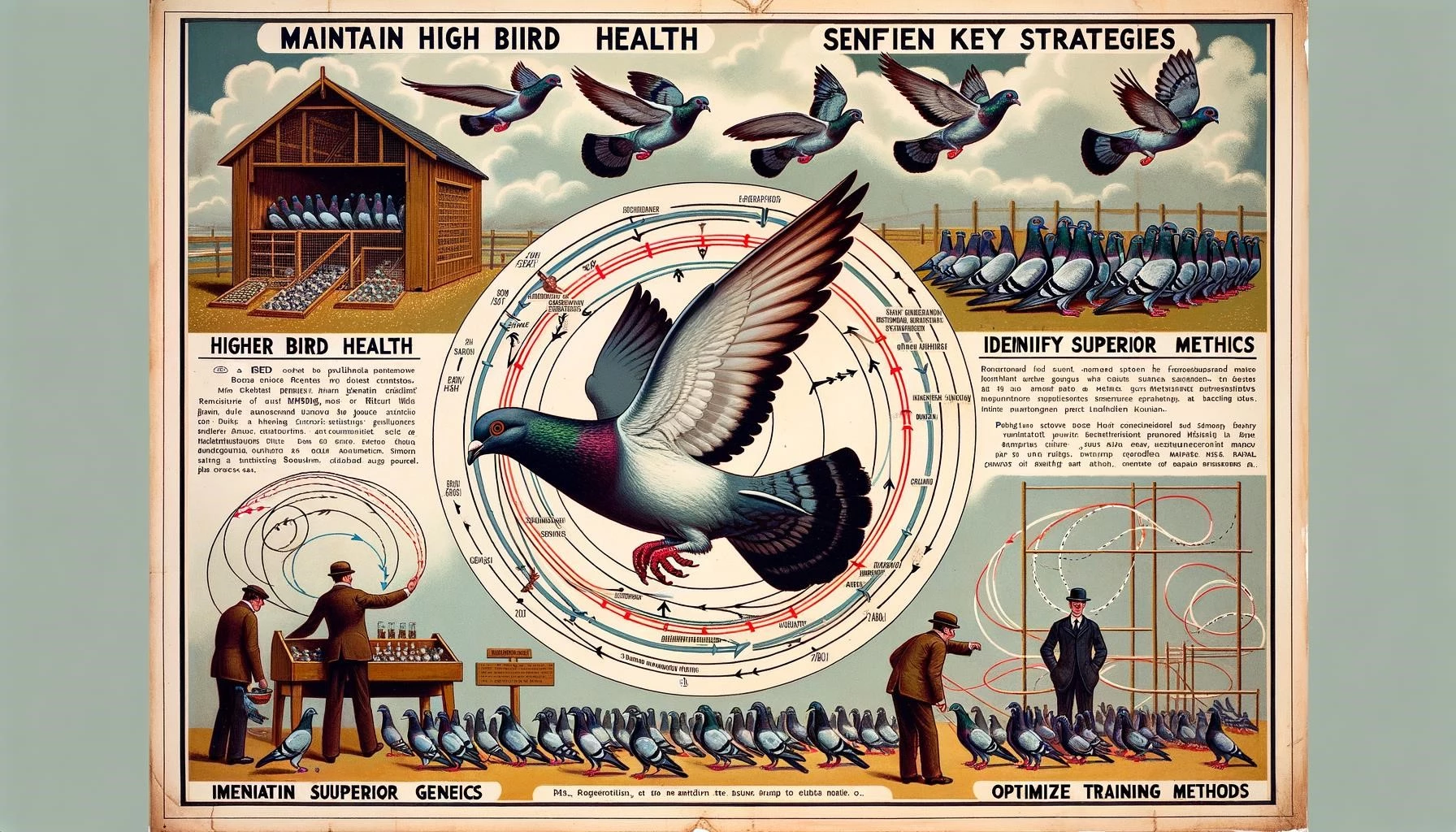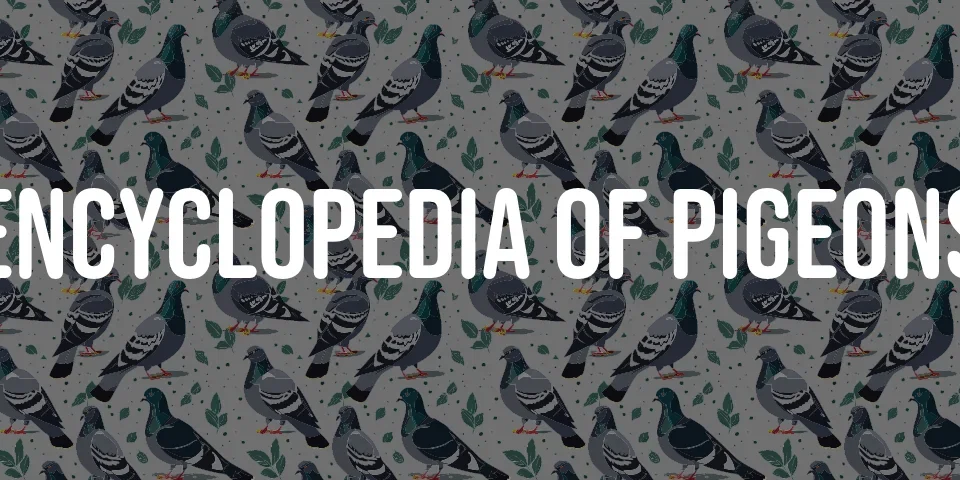The Spanish Flamenca pigeon, also known as the Flamenca Runt, is a breed of fancy pigeon developed over many years of selective breeding. Pigeons, including the Spanish Flamenca, are all descendants of the wild rock pigeon (Columba livia). The breed is known for its distinctive appearance and has been associated with Spain, where it has a rich history and cultural significance.
Origin and History
The Spanish Flamenca pigeon is believed to have originated in Spain, with its history intertwined with the country’s cultural and social fabric. The breed’s exact origins are not well-documented, but it is thought to have been developed from birds brought to the Iberian Peninsula from North Africa. The Flamenca Runt has been mentioned in historical texts and is considered an old breed, with a presence in Spain for several centuries.
Physical Characteristics
The Spanish Flamenca pigeon is characterized by its unique physical attributes that distinguish it from other pigeon breeds. Here is a table summarizing its key data:
| Feature | Description |
|---|---|
| Size | Medium to large |
| Body Shape | Stout with a full chest |
| Head | Broad and well-rounded |
| Beak | Medium length, stout |
| Eyes | Prominent with a lively expression |
| Neck | Short and thick |
| Legs | Short, giving a low stance |
| Plumage | Dense and smooth |
| Color Varieties | Various, including solids and patterns |
| Tail | Broad and well-fanned |
Behavior and Temperament
Spanish Flamenca pigeons are known for their calm and gentle temperament. They are sociable birds that can adapt well to living in a loft environment with other pigeons. Their behavior is often described as dignified, and they are known to be good parents, taking diligent care of their offspring.
Breeding and Use
Traditionally, the Spanish Flamenca pigeon was bred for both show and utility purposes. The breed has been shown in pigeon exhibitions and is appreciated for its aesthetic qualities. In the past, it was also kept for its meat, although this practice has declined with the breed now being primarily a show bird.
Care and Maintenance
As with most pigeon breeds, the Spanish Flamenca requires basic care, including a clean loft, fresh water, and a balanced diet. The breed is hardy and can thrive in various climates, but protection from extreme weather conditions is necessary. Regular health check-ups and vaccinations are recommended to prevent common pigeon diseases.
Interesting Facts
- The Spanish Flamenca pigeon is often confused with the Spanish Flamenco dance due to the similarity in their names. However, the two are unrelated, with the former being a bird breed and the latter a cultural dance form.
- The breed’s name, “Flamenca,” is thought to be derived from the Spanish word for Flemish, reflecting historical trade and cultural exchanges between Spain and the Flemish region.
- The Spanish Flamenca pigeon has a strong presence in Spanish folklore and is often associated with themes of love and peace.
Cultural Significance
The Spanish Flamenca pigeon holds a special place in Spanish culture, symbolizing peace and tranquility. It is often featured in art and literature and is a part of various cultural events and festivals throughout Spain. The breed’s elegance and serene demeanor have made it a favorite among pigeon fanciers and a symbol of Spanish heritage.






